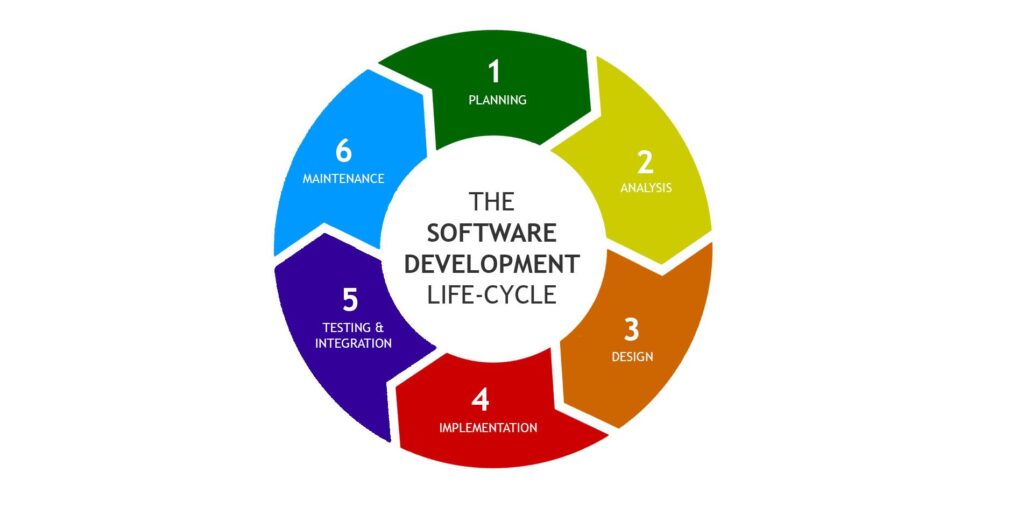When you hear, “Don’t fix what isn’t broken”, you probably think of some iconic luddite from Hollywood; someone who is unwilling to acknowledge or unable to see the fault in the system and has no desire to address it. Unfortunately, sometimes this describes our clients–not every client and not every time–but many of you can probably name at least one project within the last year.
This post is all about why you shouldn’t actually try to fix the things that are broken.
But before I get started, I want to highlight a few exceptions:

